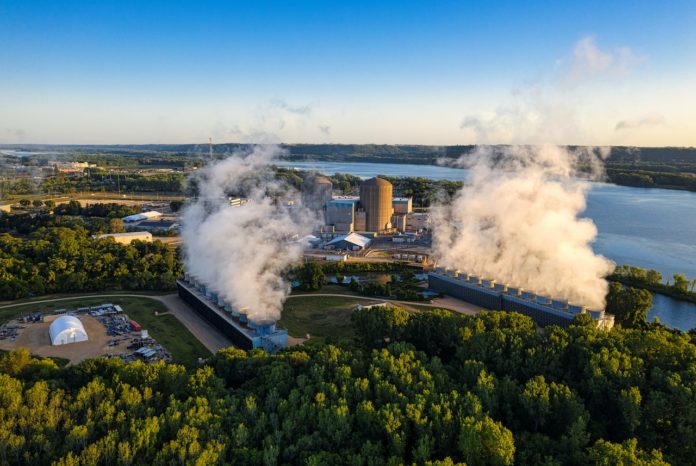India has seen impressive growth in chemical exports, largely due to specialty chemicals market which has doubled in terms of market penetration. Also, strong tailwinds in exports due to a shift in the global supply chain driven by the China+1 policy of vendors and demand recovery in domestic end-user segments helped the growth.
Exports of chemicals from India have seen a growth of 106 percent in 2021-22. In comparison to 2013–14, when India’s chemical exports were US$ 14 billion, the country has now reached a new high of US$ 29 billion in 2021–22. The increase in shipments of organic, inorganic, agrochemical, dyes and dye intermediates, and specialty chemicals have contributed to the expansion in chemical exports. India leads in dye production worldwide and exports 16 percent to 18 percent of all dyestuffs. It is exported to over 90 plus countries. India is also said to be the fourth largest producer of agrochemicals in the world and it also manufactures more than 50 percent technical-grade pesticides.
This export boom has been accomplished despite logistical difficulties including high freight costs, lack of containers, etc. Small and medium exporters from Gujarat, Maharashtra, Karnataka, Tamil Nadu, and Andhra Pradesh have benefited from an increase in exports of chemical products. Through the introduction of new compounds, technological advancements, product profile changes, and improvements in quality, the industry has evolved over time to become a modern chemical industry that is prepared to compete on a global scale. India has wide potential for significant growth as global companies are willing to de-risk their supply chains which are dependent on China.
End-use Sectors Driving Growth
According to Ken Research, the Indian chemical industry accounted for $178 billion in 2019 and is expected to reach $300 billion by 2025 registering a CAGR of 9.3 percent. The increased demand for chemicals is expected to expand by 9% per annum by 2025. The development of the Indian chemical market witnessed an increase in demand from end-user industries like food processing, personal care, and home care.
India’s proximity with the Middle East helps it in benefitting from economies of scale as they have abundant petrochemical feedstock. Bhagwant Khuba, the Union Minister of State for Chemicals & Fertilizers stated that the chemicals and petrochemicals sector is growing steadily and will play a significant role in achieving India’s aim of reaching the target of a $5 trillion economy. Department of Chemicals and Petrochemicals plans to introduce Production Linked Incentives (PLI) for the sector as India strives to become an epicenter for chemical and petrochemical manufacture on a global scale.
The chemical and petro-chemical sector is expanding as a result of the PLI cheme in important end-use industries. India has a significant need for chemical and petrochemical products, which finds applications in many important end-use sectors like pharmaceuticals, telecommunication and networking equipment, automobiles, electronics, mobiles, medical devices, and textiles. The government is also promoting these segments through PLI schemes with an incentive outlay of USD 25 billion. This will increase the nation’s need for chemicals and petrochemicals. Large-scale investment will be drawn to the sector as a result of the sector’s phenomenal demand growth and the simplification of customs duties. This additional manufacturing will significantly assist the entire chemical value chain. There will be visible growth from the originating point to the ending point. Without a question, one of the main forces shaping our future will be digital technology. Today’s chemical companies are exploring technologies that drive efficiency, quality, and cost function, which clearly indicates that the latest technologies can be introduced in the domestic market by joint ventures, mergers, and acquisitions in the coming years.
































